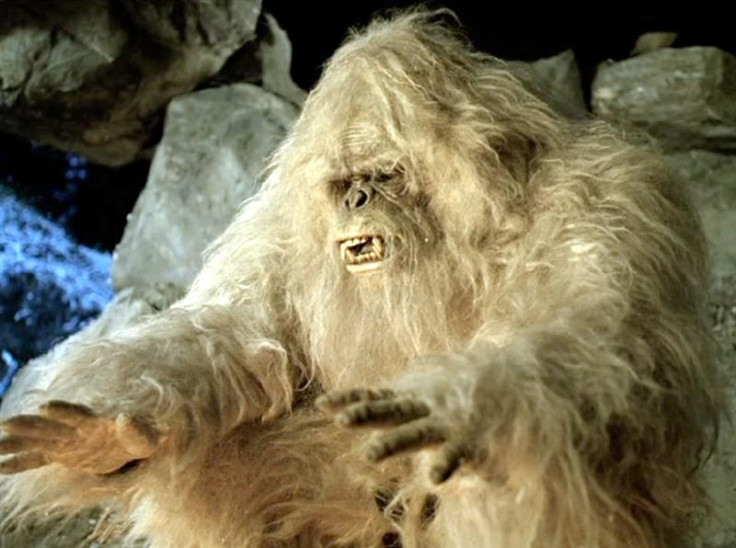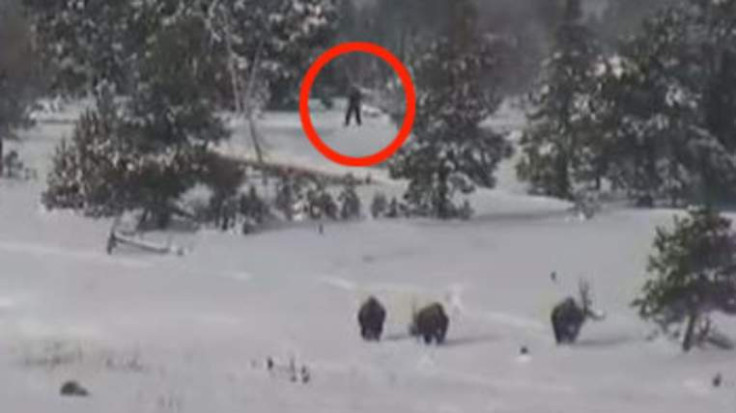Russian 'apewoman' could have been a yeti, according to DNA tests

The myth of Bigfoot has titillated people over the centuries, with sightings recorded in the Himalayas and northwest America.
Now a leading geneticist claims to have found the best evidence that a woman who lived in 19th century Russia could have been a yeti.
Professor Bryan Sykes of the University of Oxford believes that a towering woman named Zana, had a strain of West African DNA that belonged to a subspecies of modern humans.
Her resemblance has been described as that of a wild beast, and "'the most frightening feature of which was her expression which was pure animal", one Russian zoologist wrote in 1996 according to a report in the Times.
The man who organised various eyewitness accounts of Zana wrote: "Her athletic power was enormous.
"She would outrun a horse and swim across the Moskva river, even when it rose in violent high tide.'"
Some have argued that she was a runaway Ottoman slave, but Professor Sykes says her "unparalleled DNA" refutes that theory.
Analysis of her DNA revealed that she was "100% African", but bore little physical or genetic resemblance to any modern African group, according to Sykes.

He believes her ancestors came out of Africa over 100,000 years ago and lived in the remote Caucasus for many generations.
Zana was eventually "tamed" by the nobleman who bought her as a servant and kept her on his estate in Tkhina in the Republic of Abkhazia, according to local accounts.
She was described as being incredibly muscular, slept outdoors and ran around naked until she died on the estate in 1890.
Some of the professor's colleagues doubt his previous findings – which include a claim that an unknown species of bear might account for yeti sightings in Bhutan.
Despite the lack of hard proof from the analysis of the alleged "yeti hairs"', he says he has developed a strong sense that "something is out there" after speaking to dozens of witnesses.
Professor Sykes could not say if the yeti, Bigfoot or the Russian almas is the best candidate for a surviving race of human "apemen".
He said: 'Bigfoot has many more people trying to find it. But I suppose either the yeti or the alma/almasty, which live in inaccessible and very thinly populated regions, is the most likely.'
Sykes claims to have made further discoveries about Zana since he wrote the book, and says that he will publish them in a peer-reviewed scientific journal.
© Copyright IBTimes 2025. All rights reserved.





















